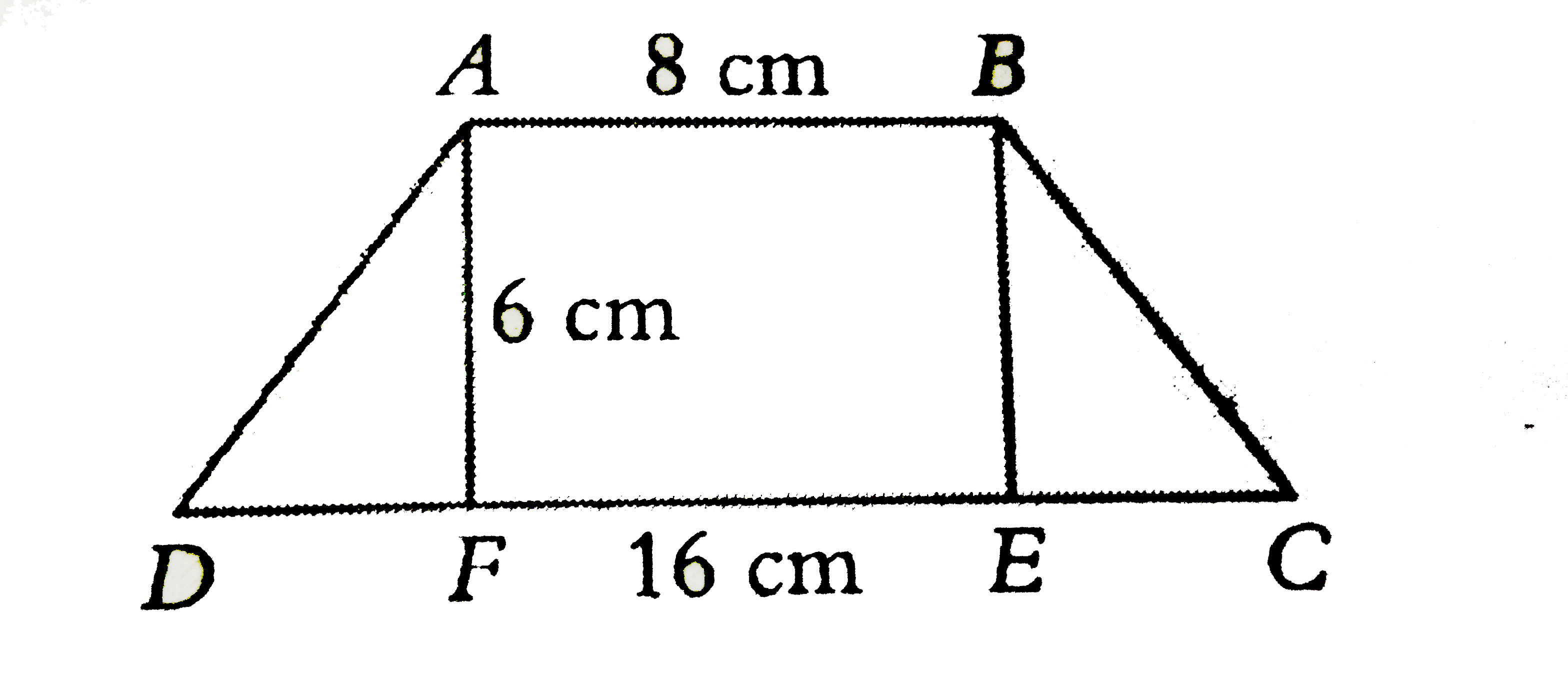A conical vessel is to be prepared out of a circular sheet of metal of unit radius in order that the vessel has maximum value, the sectorial area that must be removed from the sheet is A1 and the area of the given sheet is A2, then A2A1 is equal to
3+√6
7+√5
2+√5
3+√2
The correct Answer is:A
To solve the problem of finding the ratio A2A1 where A2 is the area of the circular sheet of metal and A1 is the area of the sector that must be removed to create a conical vessel with maximum volume, we will follow these steps:
Step 1: Calculate the area of the circular sheet A2
The area A2 of a circular sheet with a unit radius is given by the formula for the area of a circle:
A2=πR2
Since the radius R=1:
A2=π(1)2=π
Step 2: Set up the volume of the cone
The volume V of a cone is given by the formula:
V=13πr2h
Where r is the radius of the base of the cone and h is the height of the cone.
Step 3: Relate the radius r, height h, and slant height l
Using the Pythagorean theorem, we have:
l2=r2+h2
Since the slant height l is equal to the radius of the circular sheet, which is 1, we can write:
12=r2+h2⟹r2+h2=1
Step 4: Express r2 in terms of h
From the equation above, we can express r2 as:
r2=1−h2
Step 5: Substitute r2 into the volume formula
Substituting r2 into the volume formula gives:
V=13π(1−h2)h=π3(h−h3)
Step 6: Differentiate the volume with respect to height h
To find the maximum volume, we differentiate V with respect to h:
dVdh=π3(1−3h2)
Step 7: Set the derivative to zero to find critical points
Setting the derivative equal to zero:
1−3h2=0⟹3h2=1⟹h2=13⟹h=1√3
Step 8: Calculate the corresponding radius r
Substituting h back into the equation for r2:
r2=1−h2=1−13=23⟹r=√23
Step 9: Calculate the curved surface area of the cone
The curved surface area Ac of the cone is given by:
Ac=πrl
Where l=1:
Ac=π(√23)(1)=π√23
Step 10: Calculate the area of the sector A1
The area of the sector that must be removed is given by:
A1=A2−Ac=π−π√23=π(1−√23)
Step 11: Calculate the ratio A2A1
Now we can find the ratio:
A2A1=ππ(1−√23)=11−√23
Step 12: Rationalize the denominator
To rationalize the denominator:
11−√23⋅1+√231+√23=1+√231−23=1+√2313=3(1+√23)
Finally, simplifying gives:
A2A1=3+3√23=3+√6
Final Answer
Thus, the ratio A2A1 is:
A2A1=3+√6
Topper's Solved these Questions
- APPLICATION OF DERIVATIVEBook:FIITJEEChapter:APPLICATION OF DERIVATIVEExercise:Assignment Objective (level-2)
Explore 20 Videos
- APPLICATION OF DERIVATIVEBook:FIITJEEChapter:APPLICATION OF DERIVATIVEExercise:Comprehension
Explore 8 Videos
- APPLICATION OF DERIVATIVEBook:FIITJEEChapter:APPLICATION OF DERIVATIVEExercise:Assignment subjective (level -2)
Explore 15 Videos
- AREABook:FIITJEEChapter:AREAExercise:Numerical Based
Explore 3 Videos
Similar Questions
A conical vessel is to be prepared out of a circular sheet of gold of unit radius. How much sectorial area is to be removed from the sheet so that the vessel has maximum volume?
View SolutionIf the area of the circle is A1 and the area of the regular pentagon inscribed in the circle is A2, then find the ratio A1A2.
View Solution
Knowledge Check
If A1,A2 are between two numbers, then A1+A2H1+H2 is equal to
AH1H2G1G2BG1G2H1H2CH1H2A1A2DG1G2A1A2The side of a square metal sheet is 7 m. A circular sheet of maximum radius is cut and removed. Find the area of the circular sheet (in ft2).
 A49πB49π2C49π4D49π8
A49πB49π2C49π4D49π8Two solid conductors are made up of same material have same length and same resistance . One of them has circular crosssection of area A1 and other one has square cross section of area A2. RATIO A1A2
A1B0.8C2D1.5
Regular polygon and its area
View SolutionIf A1 is the area of the parabola y2=4ax lying between vertex and the latusrectum and A2 is the area between the latusrectum and the double ordinate x=2a, then A1A2 is equal to
View SolutionIf the line x−1=0 divides the area bounded by the curves 2x+1=√4y+1,y=xandy=2 in two regions of area A1andA2(A1<A2), then (A−21−A−22) is equal to
View SolutionIf an is a geometric sequence with a1=2 and a5=18, then the value of a1+a3+a5+a7 is equal to
View SolutionLet the circle x2+y2=4 divide the area bounded by tangent and normal at (1,√3) and X-axis in A1andA2. Then A1A2 equals to
View Solution

